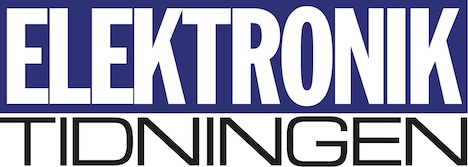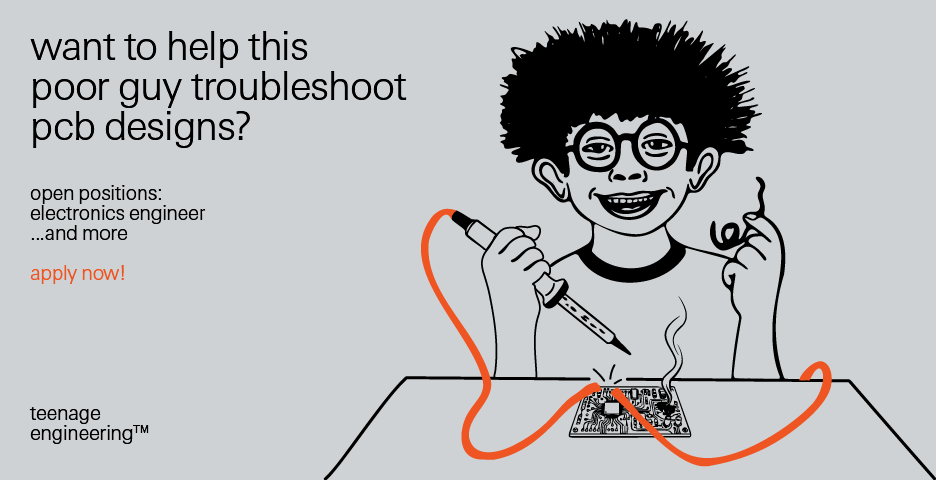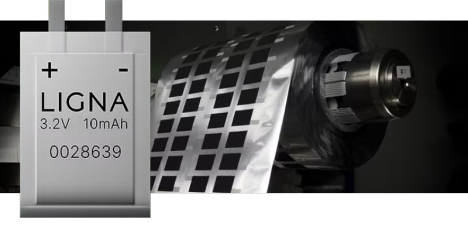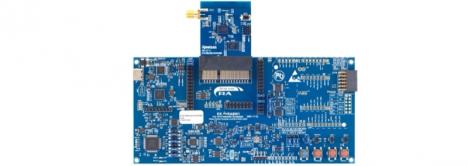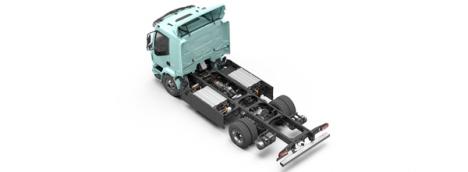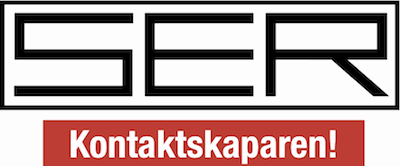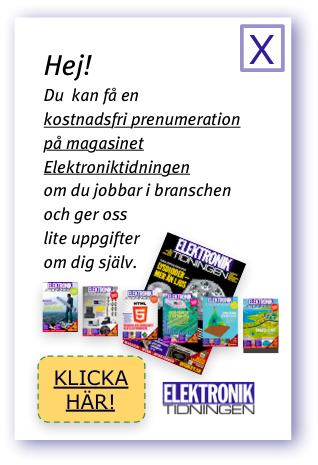"In licence-free systems, trunking losses are avoided. And without licences, new technical advances can be added to the system more quickly," says Olav Queseth.
He tells Elektroniktidningen how he has examined a situation in which two operators each set up a network at the same location using the same unlicensed frequency band and the same technology. His models simulate transmitters in the 2.4GHz band. This is the free band in which both Bluetooth transmitters and those following the 802.11b standard operate today.
So far, interference problems are limited, mainly because there are still so few Bluetooth systems. The standards body IEEE has also recently suggested how the two systems can co-exist.
According to Swedish operator Telia, equipment manufacturers are mainly responsible for minimising interference problems. The operator has 1,000 basestations for 802.11b at hotels and airports all over Sweden. Anticipating future competition, the company has assessed how interference will impact its transmission rates. On the whole, the company has concluded that the advantages of operating in a licence-free band outweigh the disadvantages.
Gittan Cedervall




